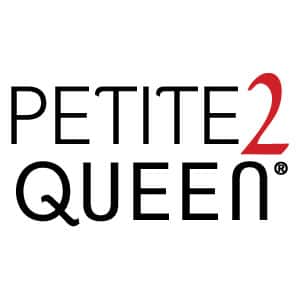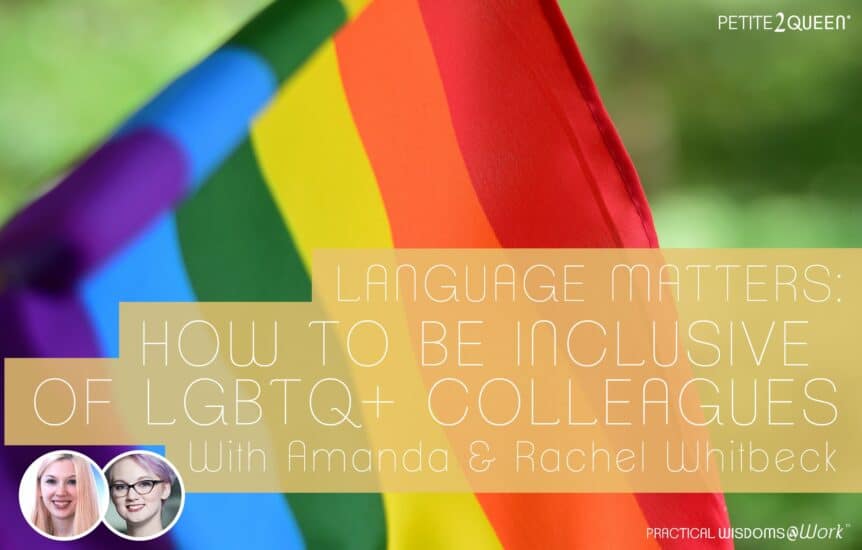As we all work towards greater diversity and inclusion at work, it’s important to give some particular focus to how we interact with our LGBTQ+ colleagues. What might you be saying or doing that can be divisive or offensive? How can we instead communicate in ways that are more respectful and inclusive? Our Director of Content Rachel shares some advice on where to start in our new podcast. Herself a part of the LGBTQ+ community, Rachel has also done significant research into queer and transgender experiences, including in the PhD she’s currently working towards.
Learn how you can be more inclusive of your LGBTQ+ colleagues by watching our podcast below:
Our conversation starts off with the basics: Why does making language inclusive for the LGBTQ+ community matter so much? As Rachel explains, it’s vital for all employees to feel comfortable and safe at work. From a professional standpoint, they will likely be much more focused and creative at work if they feel accepted and respected. In the past decade, many companies have striven to foster a more diverse workplace. However, making the workplace inclusive will require more conscious effort. In the end, though, it will pay off for all involved.
To get more specific, Rachel then describes the ways we talk about gender and how that needs to evolve. How often have you heard someone address a room as “ladies and gentlemen”? How often have you heard public figures talking about making advancements for “men and women”? Although most people identify along the binary of man or woman, it’s important to be inclusive of all genders, including those who are nonbinary or gender nonconforming. Furthermore, we need to ensure that we’re not focusing on cisgender people, but also transgender people.
One quick tip to be more inclusive of all genders: Include your own pronouns in your email signature, social media bios, and more. Listen to our podcast for more discussion of pronouns.
Moving on to sexual orientations, most people are aware of at least the most common ones. But how can we talk about this in a way that is respectful and inclusive? One place to start is not assuming everyone is heterosexual. For example, instead of asking a woman if she has a boyfriend or husband, you might ask if she has a partner. Know that until someone specifies their own sexual orientation, you shouldn’t assume what they are. This is true even if you’re aware of a romantic partner they have.
It’s common to ask colleagues personal things, and naturally, questions related to gender or sexual orientation may arise. How can we navigate these questions and conversations gracefully? Rachel offers several tips here on what and how much you can ask. In having conversations, though, be sure to check in with the other person about whether they’re okay with answering your questions. Remember, they’re not a walking encyclopedia, and you can Google plenty of information on your own time.
This leads us to one final but important point: messing up. No matter how much you try and how good your intentions are, you will almost certainly say something wrong from time to time. How can we overcome accidental blunders and move forward with more consideration? Rachel admits some of her own faux pas here and describes effective ways of apologizing, moving forward, and preventing future mishaps.
Listen to our podcast below to gain more insights into LGBTQ+ inclusivity at work:

Business Owners & Entrepreneurs hire Petite2Queen to ignite winning sales, because most fail to connect, capture, and close their ideal clients. So we help sell with intent for maximum impact, influence, and income.
Bottom line: Sales, love it or hate it, you won’t survive without it.

